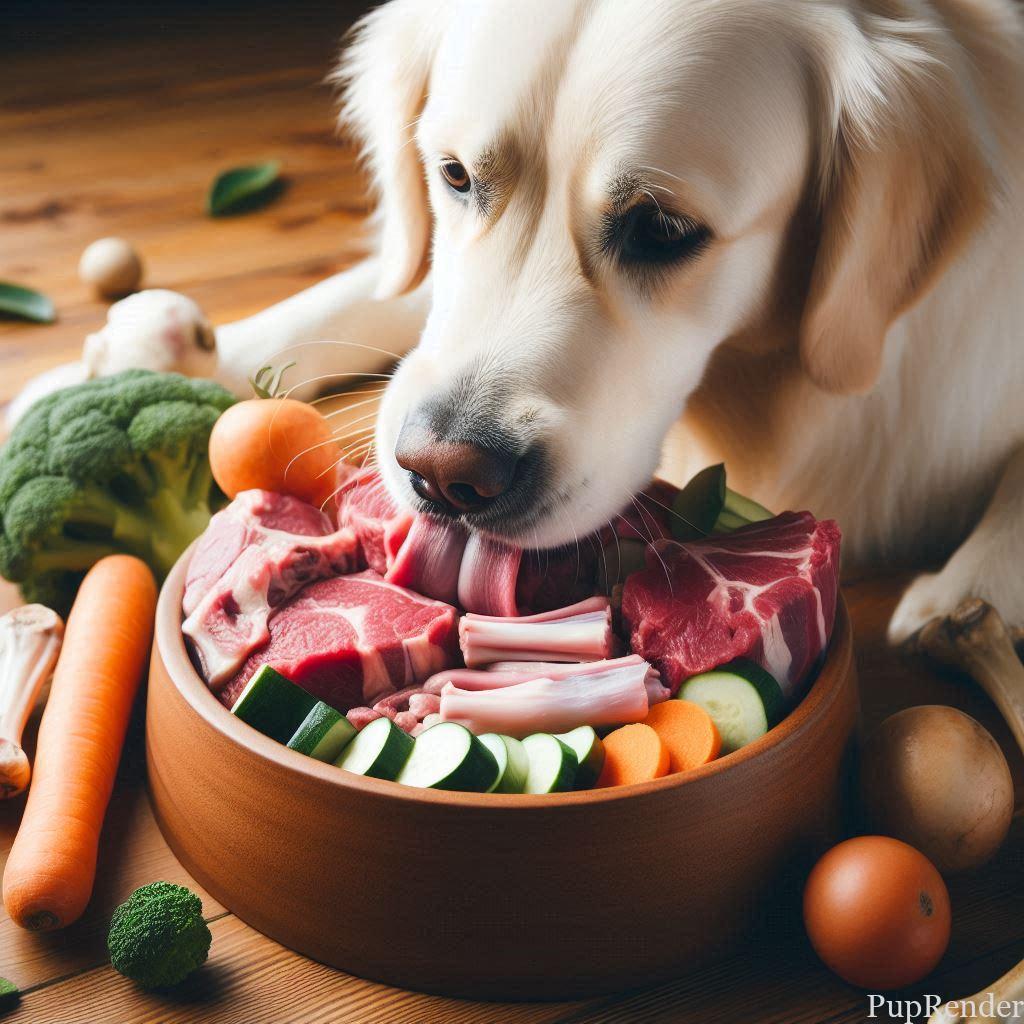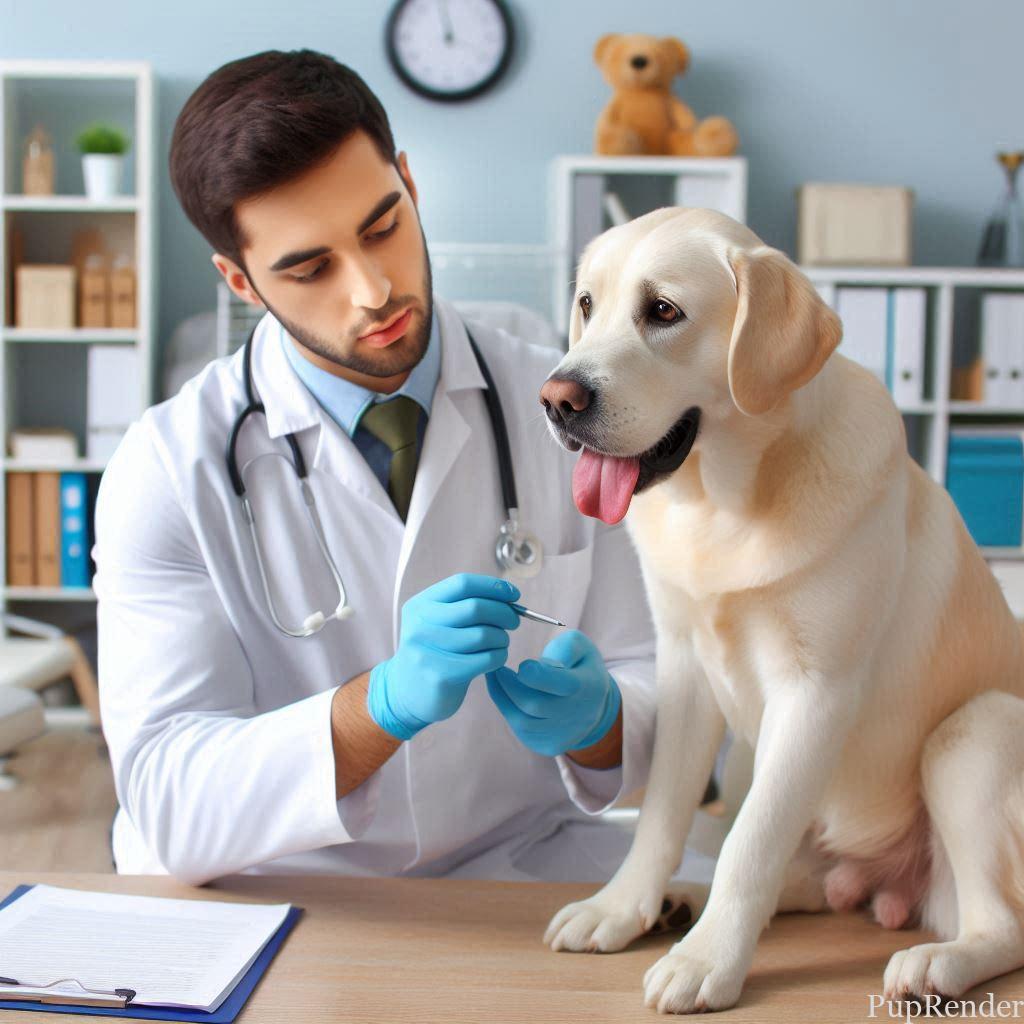The Truth About Raw Diets for Dogs

Feeding your dog a raw diet has been a hot topic in the pet community for years. With claims ranging from healthier coats to increased energy, many pet owners are curious about the benefits and risks of feeding their furry friends raw food. But is a raw diet truly the best option for your dog? In this post, we’ll explore the truth about raw diets for dogs, discuss their potential benefits and risks, and provide tips for those considering making the switch.
What is a Raw Diet for Dogs?
A raw diet, often referred to as “BARF” (Biologically Appropriate Raw Food), typically includes raw meat, bones, fruits, vegetables, and some dairy. Proponents argue that raw diets mimic the natural diet of wild dogs, offering more nutrients, better digestion, and overall improved health. But is this diet all it’s cracked up to be?
Benefits of Raw Diets for Dogs
Improved Coat and Skin Health
Many pet owners report that their dogs have shinier coats and healthier skin after switching to a raw diet. This is likely due to the high levels of omega fatty acids found in raw meat and bones.
Increased Energy and Vitality
Supporters of raw diets often note that their dogs seem more energetic and playful. The natural enzymes and nutrients in raw food are believed to help boost energy levels and overall vitality.
For more tips on how to keep your dog happy and healthy, check out our post on How to Make Your Dog Happier Than Ever.
Risks of Raw Diets for Dogs
While there are potential benefits to feeding your dog a raw diet, there are also risks to consider.
Bacterial Contamination
Raw meat can harbor dangerous bacteria like Salmonella and E. coli, which can be harmful to both dogs and humans. Proper handling and preparation are crucial to minimize this risk.
To learn more about maintaining your dog’s health, you might want to read our post on Top 7 Health Tips Every Dog Owner Needs.
Nutritional Imbalance
A raw diet must be carefully planned to ensure it provides all the essential nutrients your dog needs. Without proper balance, dogs can suffer from deficiencies in vitamins, minerals, and other vital nutrients.
Should You Switch to a Raw Diet?
Deciding whether to switch your dog to a raw diet is a personal choice that depends on your dog’s specific needs and your ability to manage and prepare raw food safely. It’s always best to consult with a veterinarian to discuss the potential benefits and risks for your dog.
For additional insights on dog nutrition, you can read our detailed guide on Is Your Dog Getting the Right Nutrition?

How to Transition Your Dog to a Raw Diet Safely
If you decide that a raw diet is the right choice for your dog, it’s essential to transition gradually. Start by mixing small amounts of raw food with your dog’s current diet and slowly increase the proportion of raw food over several weeks. This will help your dog adjust to the new diet without digestive upset.
For more information on transitioning your dog to a new lifestyle or environment, read How to Help Your Dog Adjust to a New Routine.
Is a Raw Diet Right for Your Dog?
Raw diets are not a one-size-fits-all solution. What works for one dog may not work for another. Always consult your vet and do thorough research before making the switch. Remember, the key to a healthy diet is balance and ensuring your pet receives all the nutrients they need to thrive.
For more information on safe and healthy dog diets, check out resources like the American Kennel Club and PetMD.
Loved this article? Share it on social media to help other dog owners make informed decisions about raw diets!





